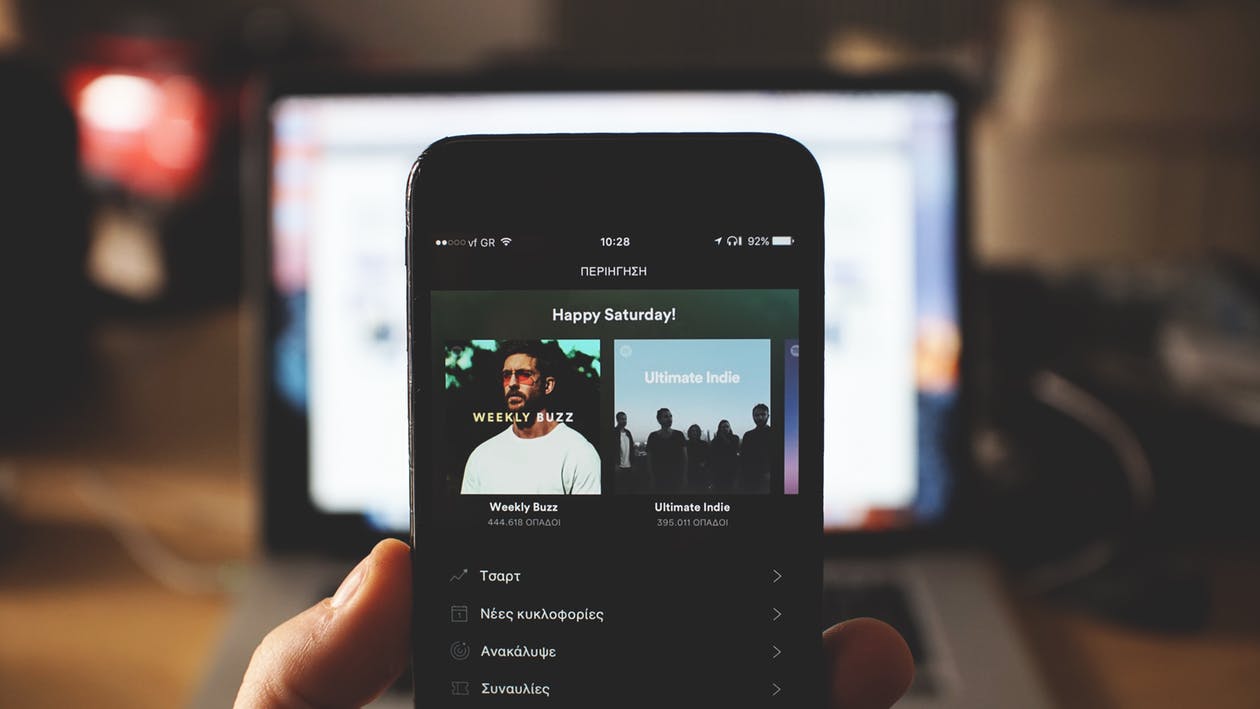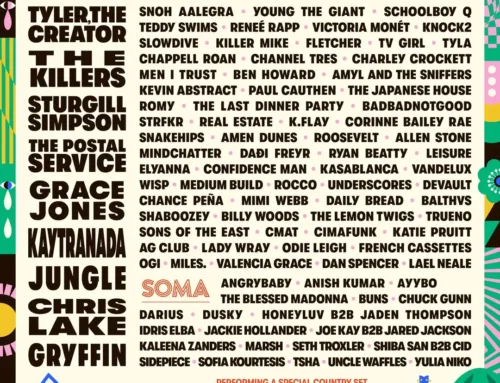"The Blind Art Collector and Other Stories." - Fran Lebowitz
Public demand has reached an all-time high for streaming music services.
Recently, reports have surfaced showing how much each streaming service is paying artists.
First, I want to note that it costs a lot of money to build, maintain and store servers that data is kept on for each company. When you download videos in comparison to songs, you will see a major difference in file size. That file size for one song or video is multiplied when we take in consideration how many people are using and uploading content.
My solution to the music streaming service is creating niche/local stations that would work directly with local/independent radio stations. This solution is the Sundance Film Festival equivalent to streaming music services. It would be interesting to have these services build artists instead of paying large royalties to record companies. You can pay a record company to do the work of promoting the artist on radio, pay them to put songs in major films, pay them to promote the artists tour, or these streaming services can start signing artists and doing all that work themselves.
YouTube
YouTube has released some of their statistics:
- 80% of YouTube’s views are from outside of the U.S.
- YouTube gets over 30 million visitors per day. (These are not not noted as paying subscribers.) That being said, these users still create a large amount of advertising revenue. Google/Alphabet needs to release a separate section of data for YouTube with their financial statements.
By late summer of 2016, The Verge reported that YouTube Red, the paid subscription model to YouTube, had only acquired 1.5 million users.
Spotify
In March 2017, Spotify brought in 50 million paying subscribers for the entire month.
- Motley Fool reported Spotify’s net loss was 185 million dollars in 2015.
Spotify continues to lose money, but Reuters has reported that the company may be able to turn a profit in 2017. When we compare the amount of revenue they pull in at $2.63 billion in 2015, and their operating costs at $1.7 billion dollars.
‘Its biggest cost was the amount it paid in royalties. Spotify says that it pays out about 70% of revenue as music royalties, but in 2015 it had to pay 1.63 billion Euros, 83.6% of revenue.’
Apple Music
The Verge also reported that Apple Music had acquired 20 million users by the end of 2016.
Apple Music continues to work as one of the younger streaming music service. They have more users in comparison to YouTube, but has about half the subscribers compared to Spotify.
All of these companies continue to experience growth and setbacks. It will be interesting to see how the music streaming service fight unfolds over 2017.
Read more on this topic with The Guardian’s recent piece on music streaming services. Watch over the CNET clip covering this topic on YouTube.




